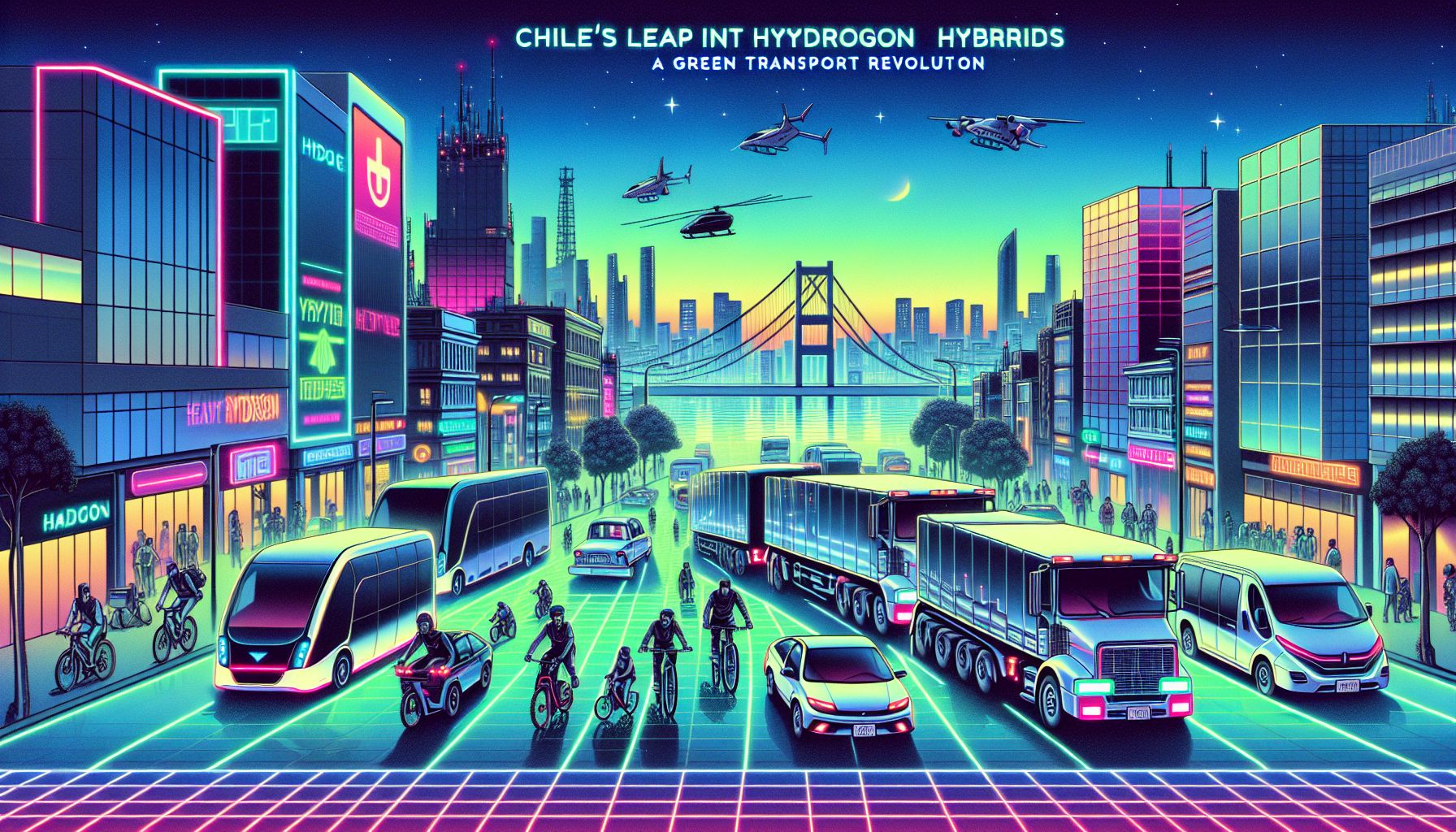Chile's Bold Leap into Hydrogen Hybrids: A Green Transport Revolution

Santiago, Tuesday, 23 September 2025.
Chile’s investment in hydrogen fuel cell-battery hybrids aims to decarbonise heavy transport, positioning the nation as a green energy leader. This move could reshape the transport sector, reducing emissions significantly.
Chile’s Green Hydrogen Dreams
I find it fascinating how Chile is investing heavily in hydrogen fuel cell-battery hybrids to cut down emissions in the transport sector. With the goal of reaching net-zero emissions by 2050, the country is focusing on integrating these hybrids into heavy transport and logistics, a sector responsible for a significant chunk of carbon emissions [1].
The Role of Battery Technology
The rapid reduction in battery prices has catalysed interest in these hybrid technologies. It’s like getting a two-for-one deal at your favourite store—cheaper and better! The battery capacity in Chile’s power generation sector is expected to reach 10 gigawatts by 2030, up from just around 1.3 gigawatts today, marking a striking increase in capability [1][2].
Hydrogen’s Competitive Edge
Thanks to its abundant clean energy resources, Chile holds a competitive edge in green hydrogen production. The government is not just dreaming; it’s actively supporting local hydrogen ecosystems. Picture a hydrogen bus in Santiago or a 1,000 kilowatt hydrogen fuel cell-battery hybrid train delivered to Antofagasta Minerals last year—these are tangible steps forward [1][2].
Future Transport Vision
By 2035, all new light- and medium-duty vehicles in Chile must be zero-emission. It’s a bold move, but one that aligns perfectly with the global push for greener transport. The hybrids could gain traction beyond private transport, particularly in areas like mining and logistics where battery-electric motors may not suffice [1][2].
Beyond Borders: Global Implications
Chile’s focus on green hydrogen isn’t just a local affair. The nation aims to be a global leader, supported by international partnerships and the Green Hydrogen Fund. The potential is enormous, with projections suggesting hydrogen could cover 20% of the global energy matrix by 2050. That’s a market exceeding USD 2.5 trillion annually [3][4].